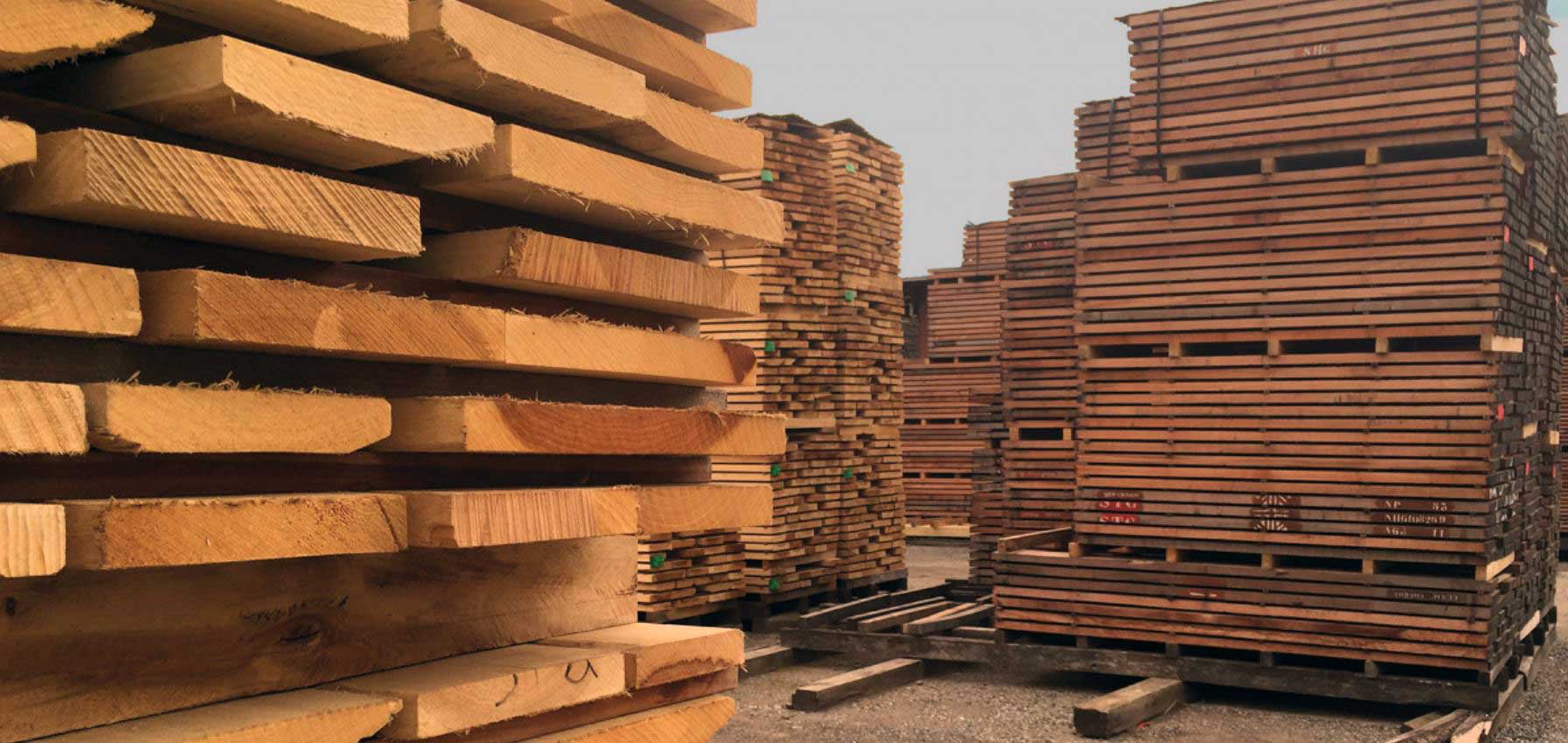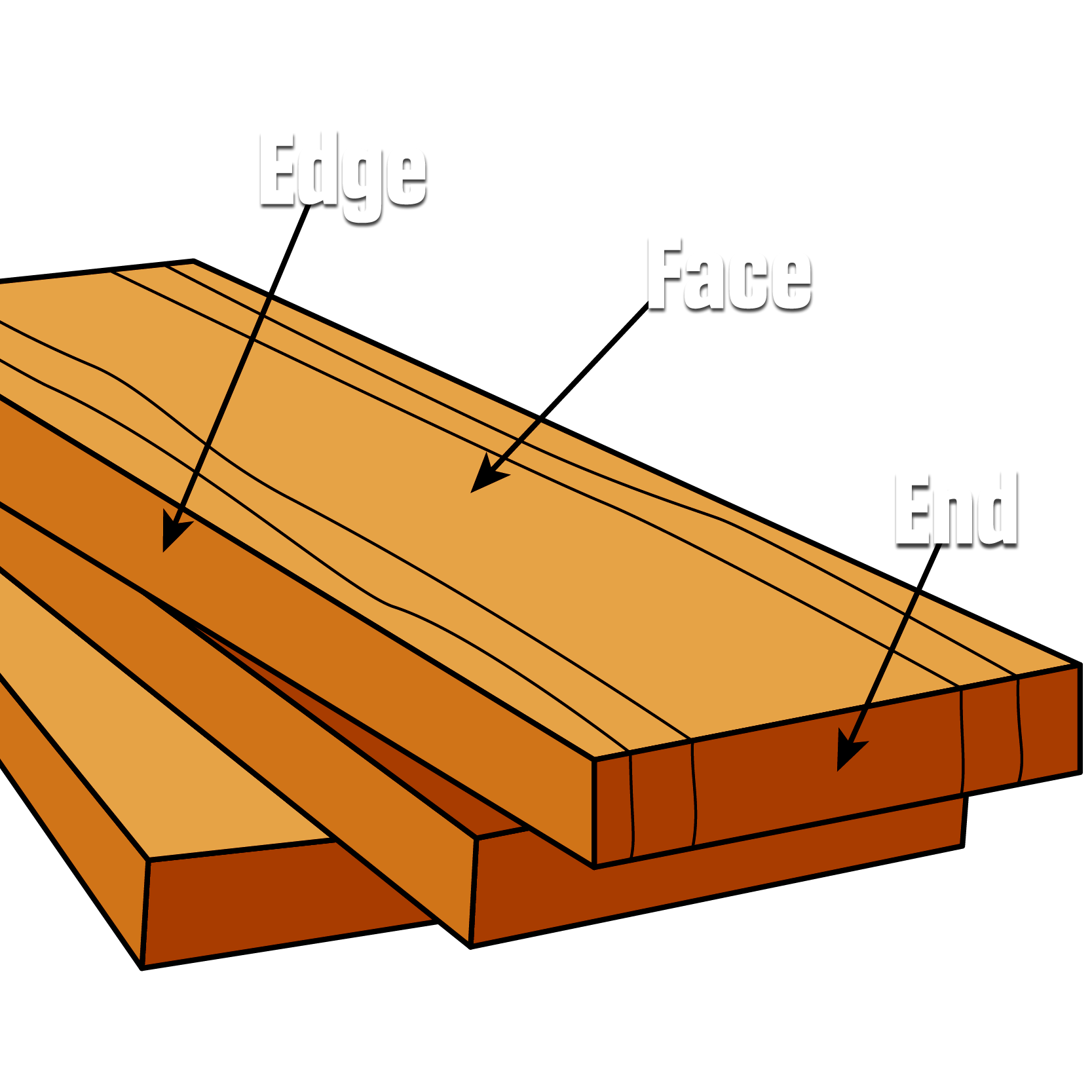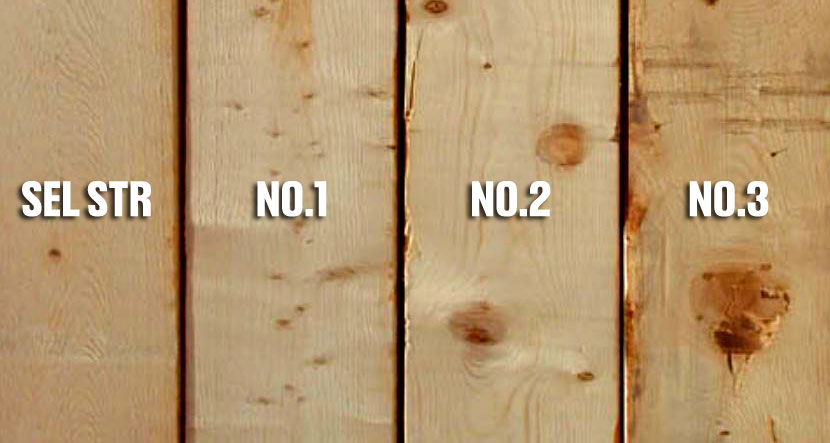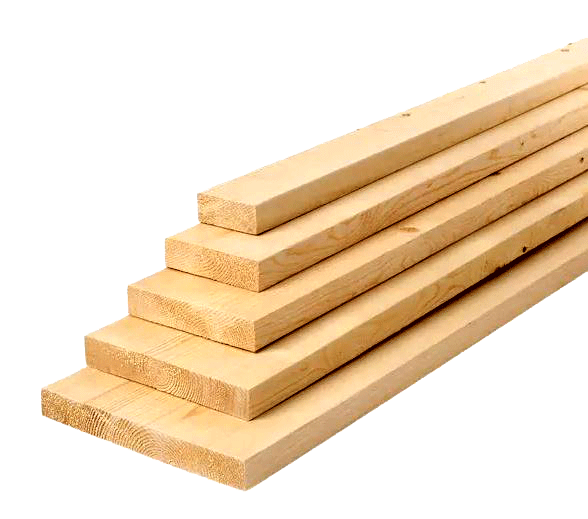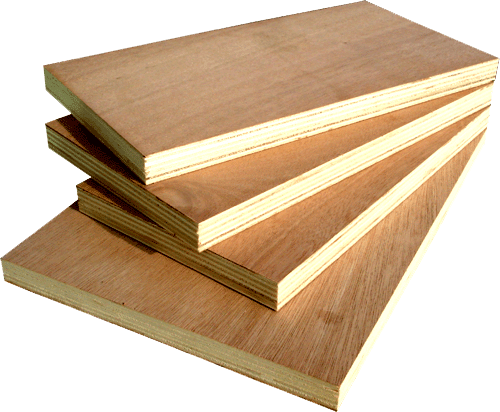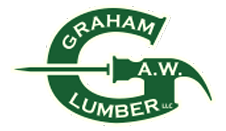Beyond Wood: Plywood Grades
Plywood, the superhero made from layers of glued wood veneer, also has its own grading system.
The workhorse, featuring a smooth A-grade face for painting or finishing and a C-grade back for hidden areas.
Face: A-grade veneer - This is the highest quality veneer, with a smooth, sanded surface free of knots or holes. It is ideal for painting or staining and is often used for applications where appearance is important, such as furniture, cabinets, and trim.
Back: C-grade veneer - This veneer may have some knots, holes, and other imperfections, but they are generally small and tight. The C-grade back is not intended to be seen and is often used for hidden applications.
BB Plywood
Both sides have B-grade surfaces, making it perfect for rough construction or hidden applications.
Face and Back: B-grade veneer - Both sides of
BB plywood have B-grade veneers, which means they may have some minor imperfections such as small knots, holes, and repairs. However, the imperfections are generally smaller and less noticeable than those found on C-grade plywood. BB plywood is a good choice for rough construction applications where the plywood will not be seen, such as subflooring, wall sheathing, and roof decking.
CC Plywood
The most economical option, with both sides being C-grade. Ideal for temporary structures or applications where strength is paramount.
Face and Back: C-grade veneer - Both sides of CC plywood have C-grade veneers, which means they may have more noticeable imperfections such as larger knots, holes, and repairs. CC
plywood is the most economical option, but it is not suitable for applications where appearance is important. It is often used for temporary structures, such as concrete forms, or for applications where strength is the primary concern, such as subflooring in attics or crawl spaces.

